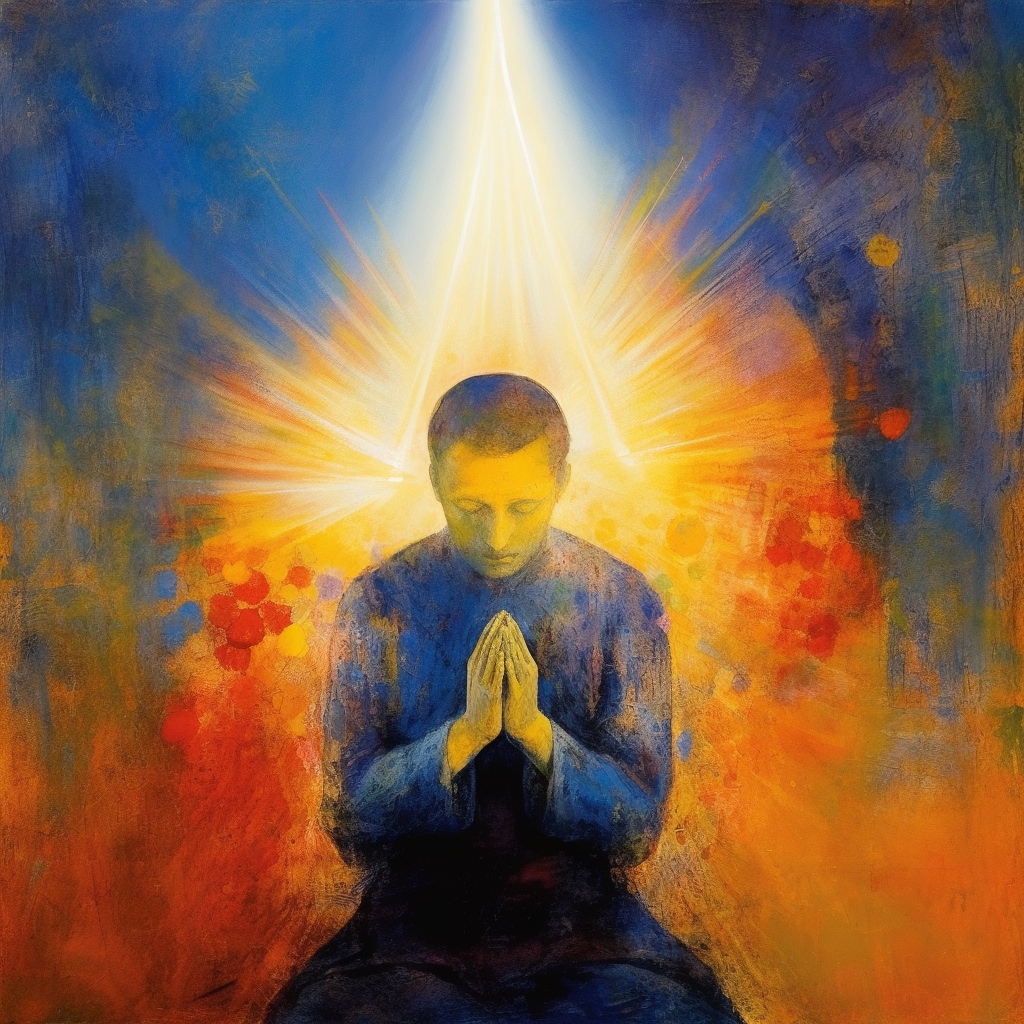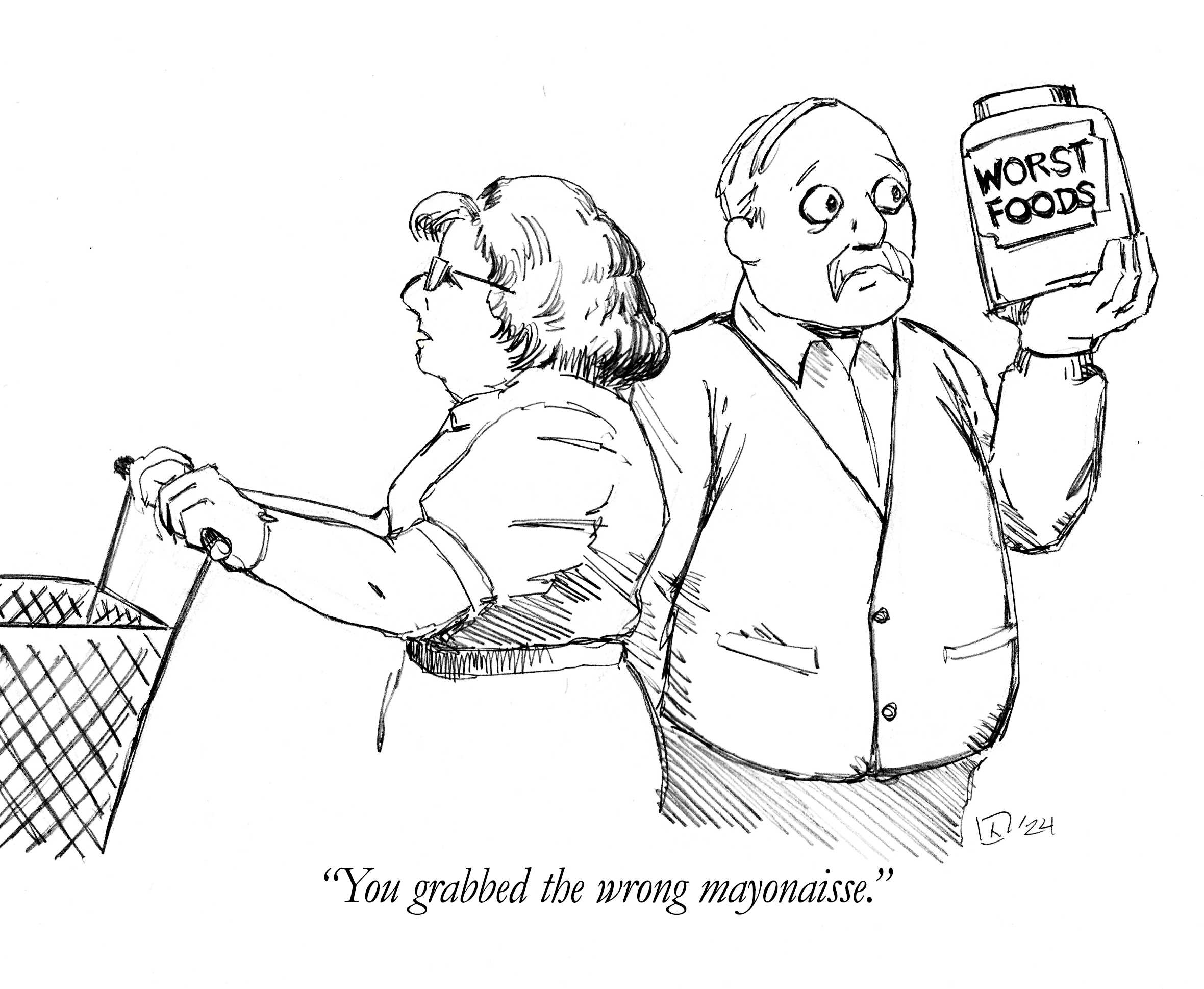Mark Twain is credited with saying something like, “a false impression can travel around the world and back again while the truth is lacing up its boots.” (Fittingly, Mark Twain may actually never have said anything like this.) And so, after two weeks where BYU volleyball fans were accused of allowing repeated racial epithets to be hurled at an opposing Duke volleyball player, the results of an exhaustive investigation reveal absolutely no corroborating evidence of this happening. And in the meantime, it was not only the audience who were accused of being willing, even eager, to participate in this action, but by extension, the entire student body, BYU administration, and even its sponsoring institution, The Church of Jesus Christ of Latter-day Saints and all 16.8 million of its members. Anyone connected with BYU was put in the pillory for being just as guilty as the (apparently nonexistent) racist fan.
Now that more information has come out, a few cooler heads have stepped back and even apologized for tarring the student body in this way. Others, including Duke University, are digging in their heels. But this is not our first rodeo, let alone volleyball game. This incident fits a common but unfortunately destructive pattern: (a) something innocent or even nonexistent is interpreted by someone as being an example of a racist/sexist/homophobic hate crime; (b) the story goes viral; (c) outrage ensues with lots of condemnation of the alleged perpetrators of the depravity; (d) many commentors opine about how the incident is proof of a much deeper and wider evil which stains a broader group of people: a political movement, a university, a religion, or an entire race; (e) others, eager to show they are enlightened and loving rush to condemn these alleged perpetrators and show sympathy to the victims; (f) the accused group resent being tried and convicted of a crime they had nothing to do with; (g) the incident turns out to be a misunderstanding or a hoax, and finally (h) both sides end up being more upset and angry. Lather, rinse, and repeat. Healing only comes when we confront a lie and replace it with a healing truth.
Despite this BYU–Duke volleyball game having all the hallmarks of other false or overblown incidents, lots of people still fell for it. It is not my purpose to list all the examples of furious piling-on because that would only continue the cycle of bitter recrimination, and it is not my purpose. Instead, I would like to ask: Why does this keep happening?
Beyond the partisan answers
Some say that this is because racism is no longer a serious issue in the country, but we have a culture that rewards victimhood, and since the supply of racist abusers vastly exceeds the supply, they need to be manufactured. While that argument has some merit, I don’t think it fits all the cases. I think something deeper is going on. For one thing, I believe Rachel Richardson heard what she said she heard. (Hence the modification to the quote opening this article; most versions say it’s a ‘lie’ that travels around the world—not a ‘false impression’.) In this case, I really don’t think she’s lying. On the other hand, there is overwhelming evidence that no one said what Rachel said she heard. How can this be?
As a therapist who works with families and couples, I see this all the time. One person will absolutely, sincerely, believe they heard another family member say something that the other family member absolutely didn’t say. It happens right there in a session! Even though this provokes a lot of pain and anger on both sides, I still feel encouraged when I see this because it reveals that something deeper is going on and, therefore, opens up a path to the heart of the relationship issue.
We’ve all done this at one time or another. We’ll hear something someone else didn’t say. We hear it because it resonates deeply with a painful belief we hold about ourselves, one that was seared into us long ago through some trauma or victimization. We’ll take on an untruth and cling to it as if it’s a saving truth: I’ll never be good enough. I am bad. I am unworthy of love. The world would be better off without me. I am fundamentally flawed. Fill in the blank with your own cri de coeur.
This belief, this lie, will get seared into us somehow, and on some level, we’ll agree. In this way, the initial crime of the abuser is compounded by our own because we believe the lie. When this has taken place, healing only comes when we confront the lie and replace it with a deeper truth. We have to embrace the truth as deeply as we once believed the lie. This takes work and time, and above all, the patient assistance of others.
We also see this pattern with chronic pain when some injury happens to a part of the body, prompting blinding pain. And yet long after the injury looks healed on an x-ray or MRI, the pain endures. People around the injured person can start to lose patience: “come on, it’s time to get back to life!” or “this is all in your head!” Worse, “you’re pretending so you can avoid getting back to life!”
Yet the pain continues. As the person knows, it still really hurts. What’s going on? Thankfully, we now understand something called pain sensitization syndrome. During the initial injury, neural patterns are laid down which sensitize the body to pain—a physiological change meant to protect that part of the body from further injury. But like a flood that cuts a chasm through a previously flat area, the chasm remains long after the flood is over. And these pain neurons likewise form a pathway from the brain all throughout the spine and nerves, remaining on hair-trigger sometimes long after the actual injury has healed. So yes, it’s in your head. But it’s not all in your head—it’s throughout your whole body. The pain is real, but the injury is no longer there.
I think something like this is what happened to Rachel Richardson and so many others. As Lincoln put it, “the bondsman’s two hundred and fifty years of unrequited toil … and every drop of blood drawn with the lash,” along with the trauma of a devastating civil war, the punitive reconstruction, Plessy with its fictions of “separate but equal,” racist eugenicist pseudoscience, followed by Jim Crown and antimiscegenation legislation, sensitized many of us to feel this pain. While there is obviously still racism, much of the legal and formal institutional racism has been removed. That is, the more overt forms of it, some clear and obvious injustices, are gone. While none of us wants to admit it, it might be that the legislators and judges have done about all they can to rectify things meaningfully—albeit using blunt instruments that never operate perfectly.
So why do things seem to be worsening? No one seriously believes that racial minorities have it worse now than they did under Jim Crow, let alone slavery. And yet race relations have plunged thirty points in the past ten years. The pain seems to be getting worse. What we have been trying isn’t working—it’s making it worse.
Avoidance
What can we do? If I have diagnosed the problem correctly, then the treatment protocols for pain sensitization syndrome offer a potential solution. The healing, the end of the constant re-experiencing of ever greater pain along with the concomitant emotional exhaustion, if it is to come at all, can only arrive through the ministrations of two paradoxical tinctures: avoidance and exposure. Avoidance is easier said than done. All decent folks agree that we should not deliberately injure one another, racially or otherwise. Yet the injuries still come. What we can do, all of us, is avoid making it worse. That’s the first thing we can do: stick to what we know and avoid speculation and unwarranted accusation.
Secondly, avoid overgeneralizing. I’ll forbear sharing specific examples of even more upsetting accusations hurled by some, except to observe that the further removed from the events these commentators were, the more angry, inflammatory, and generalized the accusations seemed to become. The entire LDS Church, it seems, all 16.8 million of us, were complicit, as guilty as if we had all been there in the stadium—every one of us in need of repentance. Certainly, in the broadest possible sense, that is true, for all of us are sinners. But this approach has little chance of helping people be more open and constructively explore ideas where we can all make this world a better place. So many end up feeling guilted and shamed into being better because others unfairly made them complicit in something they had nothing to do with. In short, this is just going to spread the pain. While we can admonish each other on ways to improve things, let’s not falsely accuse others we cannot know are actually guilty.
Thirdly, what the rest of us who aren’t immediate parties need to do is: slow down! The cycle of pain and recrimination is a positive feedback loop that can end catastrophically for everyone. The only way out of it is to take a little more time. With more space, watch for tendencies to make something bigger than it needs to be. Avoid overgeneralizing (in therapy, that’s things like, “you always say this, you never do that”). Wait for the facts to come in. Resist the need to take sides or cast judgment. This is also a spiritual duty we have to not bear false witness (by repeating potential falsehoods) and to not judge unrighteously or judge by unfair standards (“for with what measure ye mete, it shall be measured to you again”).
In mindfulness practice, we learn how to do a body scan. With slow breaths, we learn to attend to all the various parts of our body. Oh yes, it hurts here. This part feels tingly. This part feels relaxed. When we are in pain, it seems like everything hurts. But a body scan shows us that there is more right with our bodies than is wrong. A similar process could help us as we take personal and societal inventory. Yes, this part needs work. But these other parts are going well. This is the opposite of overgeneralization—we let each component be what it is, without unnecessary judgment or fear or shame.
Fourth, don’t lash out. It’s easy to want to return invective with more invective. When accused, we want to hurl the accusation (or a worse one) back in the accuser’s face. Instead, let’s ask questions, keep calm, and try to keep our heads. I admit this is difficult in situations like this because a racist is about the worst thing you can be accused of in today’s world. But if we want to stop the pain and legitimately arrest the decline in race relations, we can’t return spite with spite.
Exposure
Turning to exposure, we come against a contradiction. We can’t both avoid and expose ourselves to something, can we? How can we do both, and how can that possibly be a good idea? A branch of cognitive behavioral therapy called acceptance and commitment therapy (ACT) explains how we do this. We first use mindfulness practices to improve compassion for self or others. But then we have to really commit to experiencing the pain or the difficulty as well. So much of what we do when we are in pain are attempts to avoid, anesthetize, or spread the pain to someone else. What ACT and exposure therapy teach us is that there is no way around pain, only through it. But that can only happen—people can revisit those painful places—once they feel safe. Then the wounds can be confronted and healed as we walk through painful past experiences from a place of groundedness and safety in the present. Once this happens, when further challenges arise, they may still hurt, but they aren’t as debilitating. We become more resilient and “antifragile.” Slow down! The cycle of pain and recrimination is a positive feedback loop that can end catastrophically for everyone.
I am not sure exactly how to create more safety in our society when just about everything seems designed to reduce it and amplify pain. But as individuals, we can do our part. The larger culture may be lost, but it is in our power to create pockets of safety. In therapy, we learn how to connect different parts of our body and mind in a way that better integrates them. I think something similar could work for society, as we reach outside our comfort zone and get to know and learn how to truly see those who are different from us. This goes for Rachel Richardson and the BYU fans, and all of us. And it goes beyond who’s at fault or who’s responsible, who’s the victim and who’s the perpetrator. Everyone can potentially participate in the improvement. So, those of us able to help facilitate healing and reconciliation can and should do so.
That does mean we are going to have to be willing to experience pain. Thinkers as varied as Alexander Solzhenitsyn and M. Scott Peck have taught that the avoidance of suffering is at the root of a surprising amount of illness. If so, then ironically being willing to suffer, both our own pain and that of others, highlights a new kind of healing pathway for this bitter and divided world.
A Deeper Truth
I mentioned earlier that abuse is compounded when the victim believes a lie about herself. What is the lie in this case? I propose the lie is that this country is irredeemably racist. It was and is impossible for racial minorities to ever succeed in this country. They are doomed to be inferior as long as the underlying structure of this country remains intact.
I am not the first to note the irony that these convictions are nearly identical to those of the most vile racists of our country’s past and present. Just like the victim who takes on the lies of the abuser, it only compounds the tragedy that this is now believed by many racial minorities themselves.
But what is the deeper truth? I suggest it is this: While there is injustice in this country, there is also good. And there is reason to hope that we can find deep wellsprings of love and care in our communities. Mindfulness teaches us the power of attention. What we attend to, we will notice more of. And if we consciously decide to notice the goodness, our health will improve, our pain will desensitize, and the lie will be excised and replaced with the deeper, saving truth. In this way, the downward spiral of hate and recrimination and pain can stop and be reversed. The larger culture may be lost, but it is in our power to create pockets of safety.
In this, as in all things, our example is Christ. He descended below all things in order to lift us up. Where He went, He beckons us all to follow. “Who for the joy that was set before him, endured the cross, despising the shame.” There really is no other way. There is no resurrection without the pillory of the crowd, the suffering of Gethsemane, and the death of our selfish, willful selves on the cross. But we have to join Him in this soul-stretching redemption willingly.
“Though he were a Son, yet learned he obedience by the things which he suffered;
“And being made perfect, he became the author of eternal salvation unto all them that obey him” (Heb. 5:8–9).
As above, so below. As with Him, so with us. I am committing to better practice these principles in my life as I pray for greater gifts of charity. Will you join me?

















